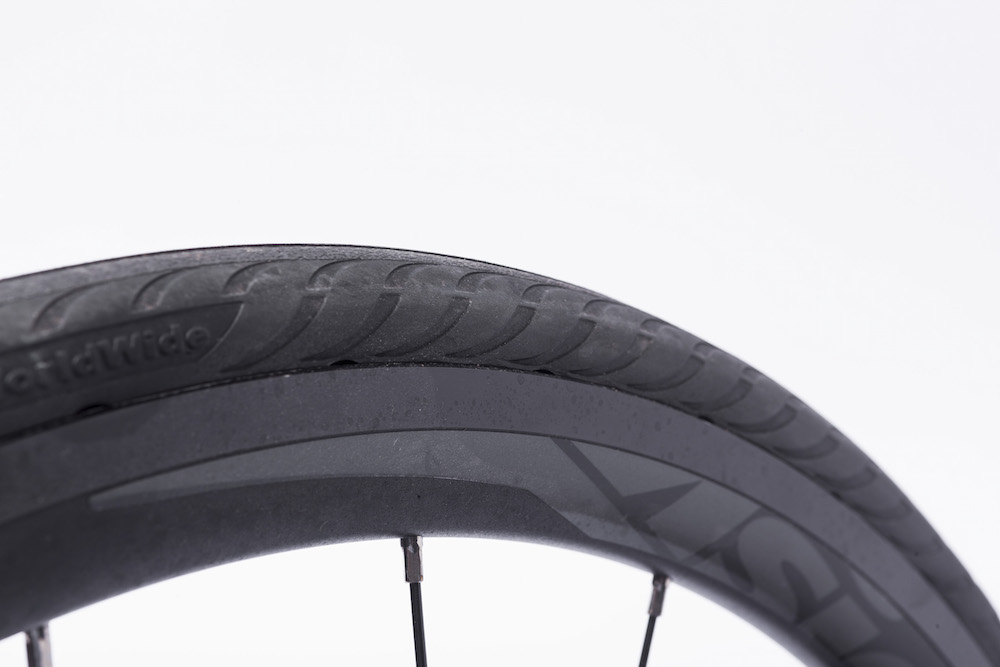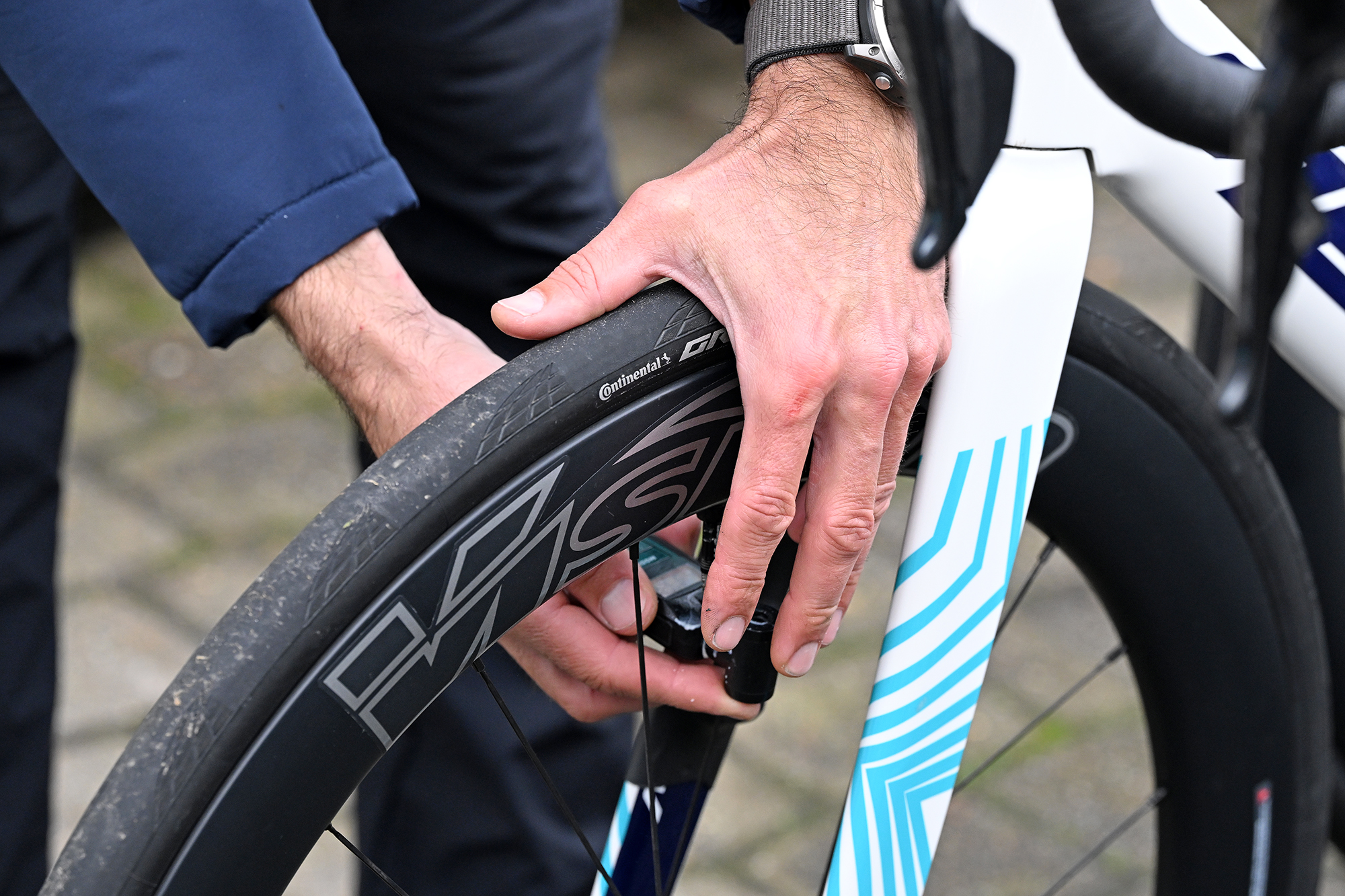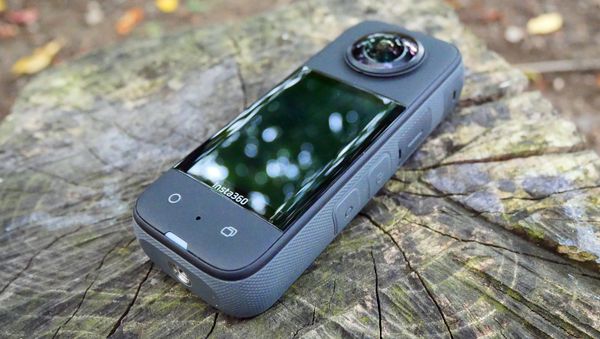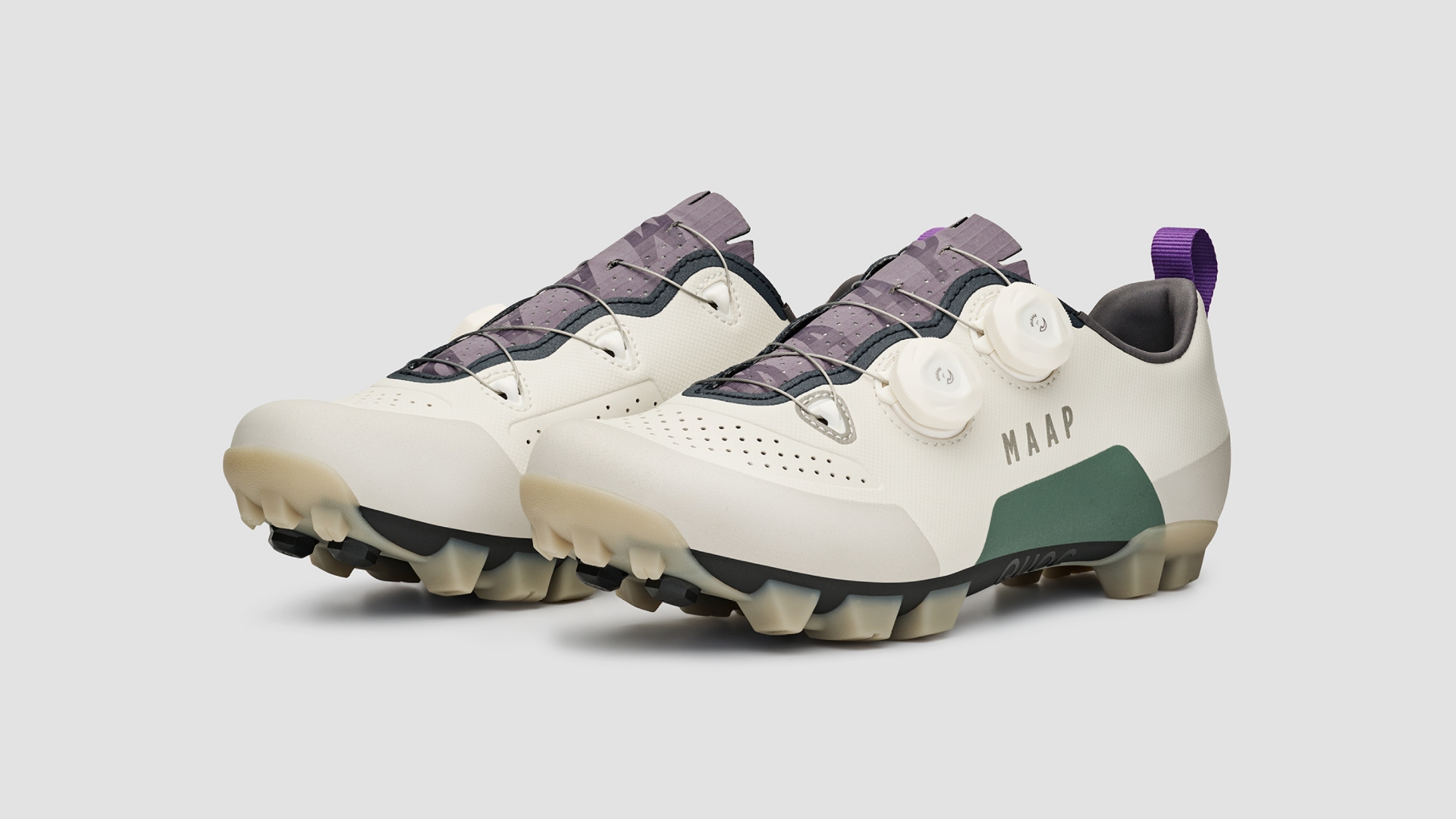Will solid bike tyres ever really be a good solution to punctures?
Many beginner cyclists seek "puncture proof tyres" - but the ultimate option, a solid tyre, isn't something we see many adult riders choosing to adopt


The answer to the question may seem obvious. With no air to escape from them, there’s no chance that solid tyres, also sometimes called airless tyres, will ever get a puncture, avoiding a problem that has been the plague of cyclists ever since John Boyd Dunlop patented the pneumatic tyre in 1888.
Solid tyres do thrive on children’s bikes, although even here pneumatic tyres - those filled with air - are fitted to many of the best kids’ bikes, even balance bikes for the youngest children. Pneumatic tyres take over almost completely once bikes are designed for kids of around three-years -old.
Solid tyres have never been a popular choice for bikes designed for adults, despite occasional appearances on recreational models, and certainly not for performance bikes. The obvious reason for this is ‘ride quality’. Adults ride faster than three-year-olds, they want to enjoy grip and comfort as well as puncture protection. Can solid tyres ever meet these needs?
A question of suspension

Air filled tyres might risk puncture, but they do provide comfort, control and grip
Tommaso Cappella, Product Specialist at Vittoria explains that the tyre performs two principal tasks: to offer traction and to insulate the vehicle from the terrain.
“It is the only part of the bicycle in contact with the ground; this means it basically acts as a suspension which optimizes energy transfer, securing the transmission of driving forces while also absorbing the roughness of the terrain.
“The air inside the tyre works as a spring allowing the tyre to deform with minimum energy loss, resulting in a more efficient power transfer and control of the bicycle,” he points out.
Air performs this task very efficiently, a solid core to the tyre less so. It’s similar with MTB suspension, where air shocks are in the main the go-to solution.
“If we remove the air from the tyre and replace it with some other material, this material will deform in place of the air, consequently increasing the energy absorption of the system, resulting in higher rolling resistance,” Cappella continues. “In short these are the reasons why a solid tyre cannot provide the same comfort, grip and efficiency of a pneumatic tyre.”
When I tested a set of 25mm solid tyres from South Korean brand Tannus a few years ago, the difference in rolling resistance was significant, chopping over a mile per hour off my riding speed. It wasn’t just this though; the experience was much less comfortable than riding a bike with pneumatic tyres, even narrow ones with tubes.
Tannus stated that the solid tyres tested had an equivalent deformation to a pneumatic tyre pumped up to over 100 psi, which is much higher than normal ride pressures, even just a few years later. But while older solid tyres had questionable grip, the Tannus tyres I tested had remedied this both on dry and wet roads.
The difference in ride comfort is only likely to have increased with the widespread adoption of 28mm or wider tyres and increasingly popular tubeless systems running at lower pressures, both of which help to smooth out road imperfections. Tubeless tyres also eliminate the frictional losses which occur between the tyre and inner tube when they deform, which has been shown to increase system efficiency.
All of which comes to the nub of the problem with solid tyres: there are newer technologies out there which, for the majority of cyclists, provide a better option.
Roll flat without the rolling resistance?

Foam liners, like this one from Vittoria, offer a more compliant soloution
Another new technology that looks to provide many of the benefits of solid tyres without the downsides is foam tyre inserts.
A couple of options are Vittoria’s Air-Liners and the Cushcore system. Tannus too has pivoted to producing liners alongside its solid tyres. All three brands’ inserts are fitted inside a conventional pneumatic tyre and can be used when running tubeless.
Cushcore is mainly geared to MTB and gravel riders, although it states that you can use its gravel insert with tyres from 33mm wide, putting it within the realm of tyre widths of many modern road bikes. Both Vittoria and Tannus sell inserts for road bike tyres as well as for gravel and MTBs.
While the Air-Liner and Cushcore inserts and Tannus’s tubeless insert sit in the wheel rim bed, Tannus’s insert for tubed tyres is 15mm thick, sits below the tyre tread and cradles the inner tube, potentially reducing the chances of a sharp object penetrating through to the tube.
Except for Tannus’s tubed tyre insert, rather than rolling on the insert, in normal conditions there’s some air between your insert and the ground, which the brands say should allow you to run lower tyre pressures without tyre squirm and the risk of pinch flats, increasing grip, particularly when riding off-road.
So these inserts don't do anything to protect your tyre from a puncture, but if you do get a flat they’re claimed to provide get-you-home capability.
We’ve yet to test out any of these claims ourselves at Cycling Weekly.
Bicyclerollingresistance.com has tested both the Air-Liner and Cushcore inserts in a 40mm gravel tyre and found that they add little extra rolling resistance down to pressures as low as 1.2 bar (18 psi). Drop your pressure below this and you start to ride on the liner, and the problems of a fully solid tyre emerge.
Cappella says that Vittoria’s research confirms this: “If properly designed in terms of material and geometry, the insert allows you to keep the air inside the tyre while not being involved (or with negligible effect) in the rolling deformation during normal use, at the same time enhancing the damping and the control in the lateral deformation, resulting in higher performance and safety, by reducing the chances of punctures.
“Last but not least, the Air-Liner insert allows you to ride short distances on a tyre without air, until the next service point (or until the team car arrives).”
Tyre liners add a little weight to your wheel: around 50g per tyre for the Air-Liners and 120g for Cushcore inserts, but if you’re fed up with flats, but still want the benefits of a pneumatic tyre, this might be tolerable.
Will solid bike tyres ever really be a good solution to punctures?
“No”, says Cappella.
“Bottom line, we believe the future of sportive tyres is still pneumatic: this is the best performing type of tyre; while solid tyres can reduce to zero the chance to puncture, they cannot provide the same performance, control and comfort of a pneumatic tyre.”

Thank you for reading 20 articles this month* Join now for unlimited access
Enjoy your first month for just £1 / $1 / €1
*Read 5 free articles per month without a subscription

Join now for unlimited access
Try first month for just £1 / $1 / €1
Get The Leadout Newsletter
The latest race content, interviews, features, reviews and expert buying guides, direct to your inbox!
Paul started writing for Cycling Weekly in 2015, covering cycling tech, new bikes and product testing. Since then, he’s reviewed hundreds of bikes and thousands of other pieces of cycling equipment for the magazine and the Cycling Weekly website.
He’s been cycling for a lot longer than that though and his travels by bike have taken him all around Europe and to California. He’s been riding gravel since before gravel bikes existed too, riding a cyclocross bike through the Chilterns and along the South Downs.
-
 I have been capturing my cycling adventures for over 20 years, and two of the best action cameras for cyclists have just hit their lowest prices on Amazon
I have been capturing my cycling adventures for over 20 years, and two of the best action cameras for cyclists have just hit their lowest prices on AmazonDeals Amazon has slashed the price on Insta360 cameras, including the highly rated X3, which has a huge 30% off
By Paul Brett Published
-
 MAAP teams up with QUOC; first collab is the Gran Tourer XC shoe
MAAP teams up with QUOC; first collab is the Gran Tourer XC shoeDesigned for off-road riding the limited-edition shoe features a new colourway and other features
By Luke Friend Published